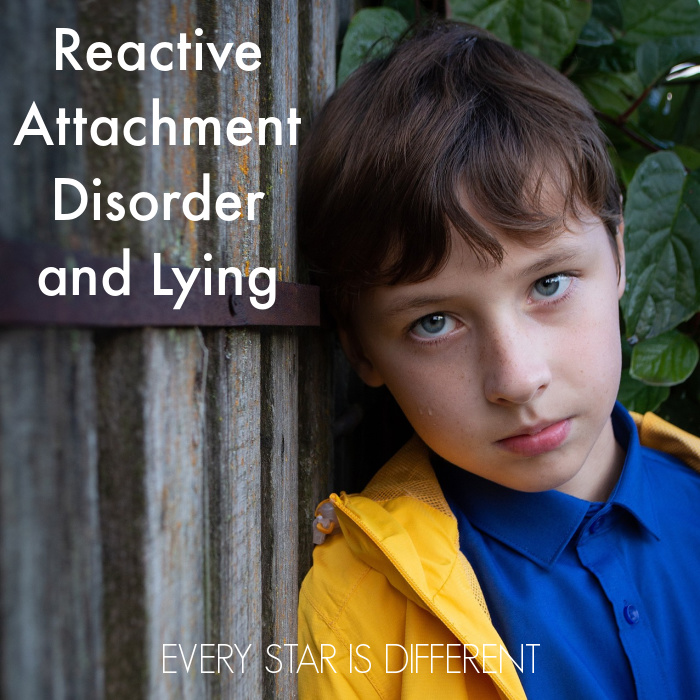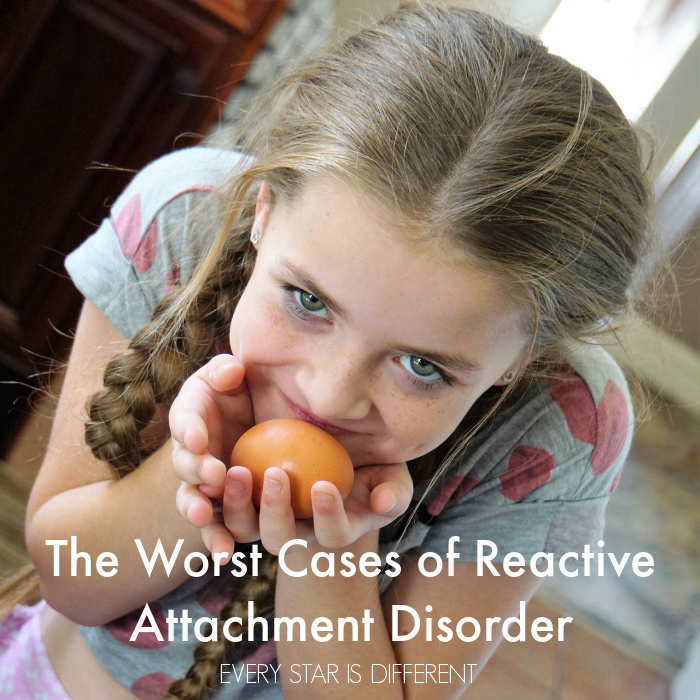How does someone heal from Reactive Attachment Disorder?
What does healing look like?
Are there different stages in healing from Reactive Attachment Disorder?
I am thrilled to share the 7 Stages of Healing from Reactive Attachment Disorder that we have identified and experienced in our home.
My oldest adopted daughter has suffered from Reactive Attachment Disorder her entire life.
Her story is one of bravery, healing, and hard work.
She has been so kind to share her experiences in hopes that she can help others.
Through her own healing process, she has been able to identify the 7 stages of healing she has gone through and continues to work through.
We have seen these exact same stages of healing occur with her younger sister (also adopted with RAD) in residential treatment.
Before we begin discussing the 7 Stages of Healing from Reactive Attachment Disorder, I want to remind everyone that healing from Reactive Attachment Disorder is a choice.
It is a choice that can only be made by the person with Reactive Attachment Disorder.
Healing can not be forced by caregivers and professionals.
Once the choice to heal is made, so much hard work goes into rewiring the brain at each and every stage of the process.
Waiting for child or teen with Reactive Attachment Disorder to decide to heal or progress with healing can be extremely frustrating.
You can read more about that in the resource below.
The Most Frustrating Aspect of Reactive Attachment Disorder
Please know there is no cure for Reactive Attachment Disorder.
The healing process helps the individual with Reactive Attachment Disorder form attachments and healthy relationships, but it doesn't remove the process of having to work through triggers on a regular basis.
There is no perfect treatment for Reactive Attachment Disorder outside of the home that will fix everything.
For more information regarding treatment options, be sure to check out the resource below.


.jpg)

















No comments:
Post a Comment